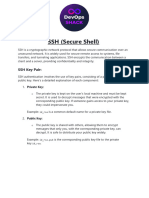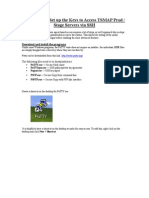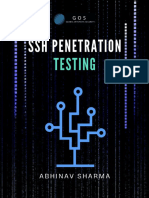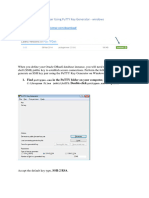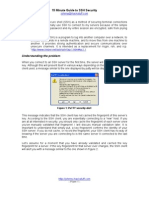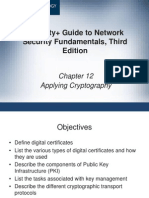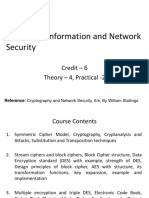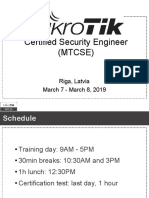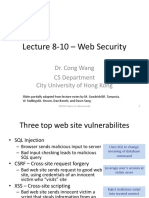0% found this document useful (0 votes)
13 views11 pagesProtecting The Digital World: Networ K Securit y
The document provides an overview of remote access and SSH (Secure Shell) for managing servers and files securely. It explains SSH key management, including the use of private and public keys for authentication, and introduces certificate-based authentication for easier management in environments with multiple users. The document outlines the steps for both SSH key authentication and certificate authentication, highlighting their benefits and setup processes.
Uploaded by
babuamuriCopyright
© © All Rights Reserved
We take content rights seriously. If you suspect this is your content, claim it here.
Available Formats
Download as PPTX, PDF, TXT or read online on Scribd
0% found this document useful (0 votes)
13 views11 pagesProtecting The Digital World: Networ K Securit y
The document provides an overview of remote access and SSH (Secure Shell) for managing servers and files securely. It explains SSH key management, including the use of private and public keys for authentication, and introduces certificate-based authentication for easier management in environments with multiple users. The document outlines the steps for both SSH key authentication and certificate authentication, highlighting their benefits and setup processes.
Uploaded by
babuamuriCopyright
© © All Rights Reserved
We take content rights seriously. If you suspect this is your content, claim it here.
Available Formats
Download as PPTX, PDF, TXT or read online on Scribd
/ 11
